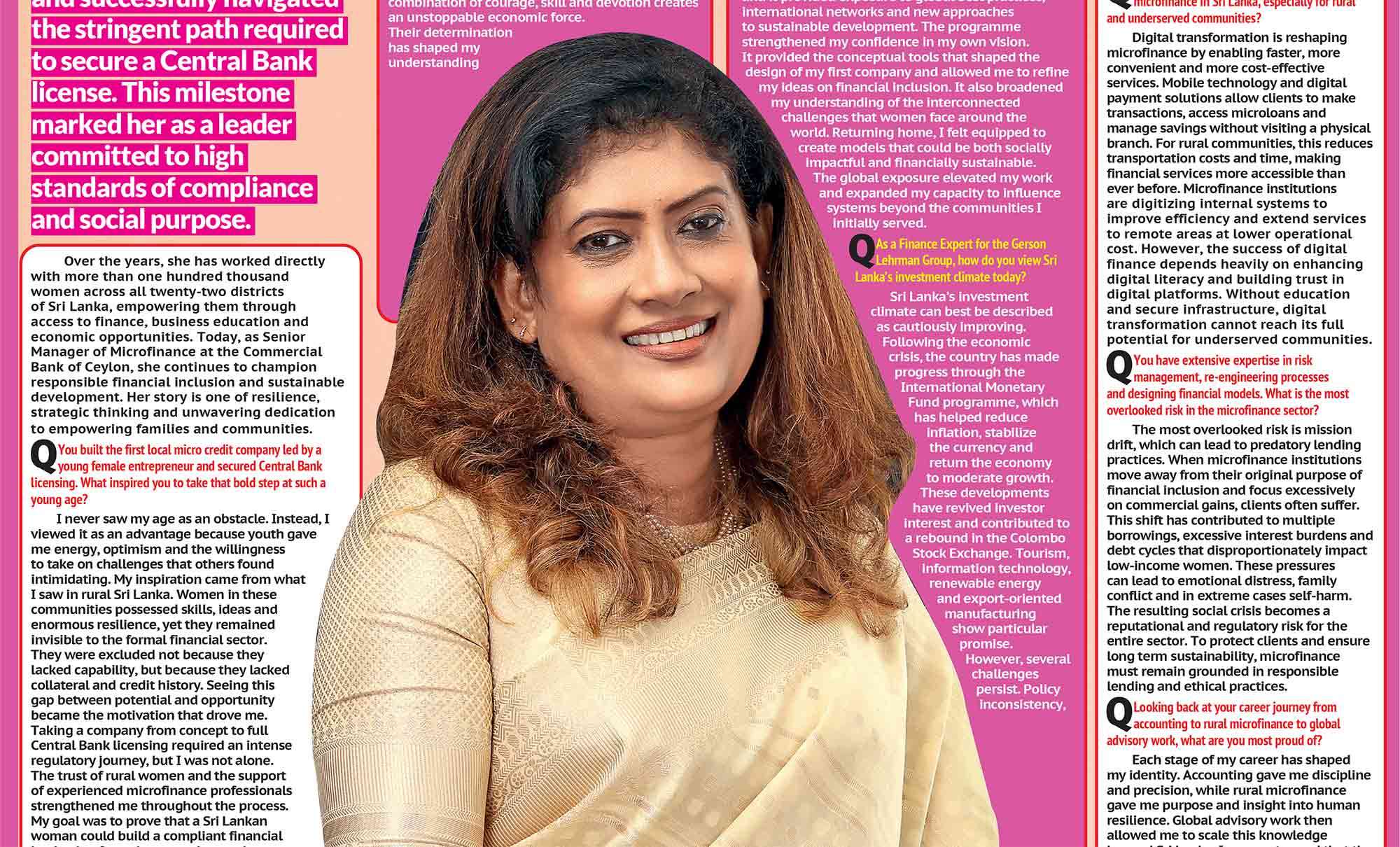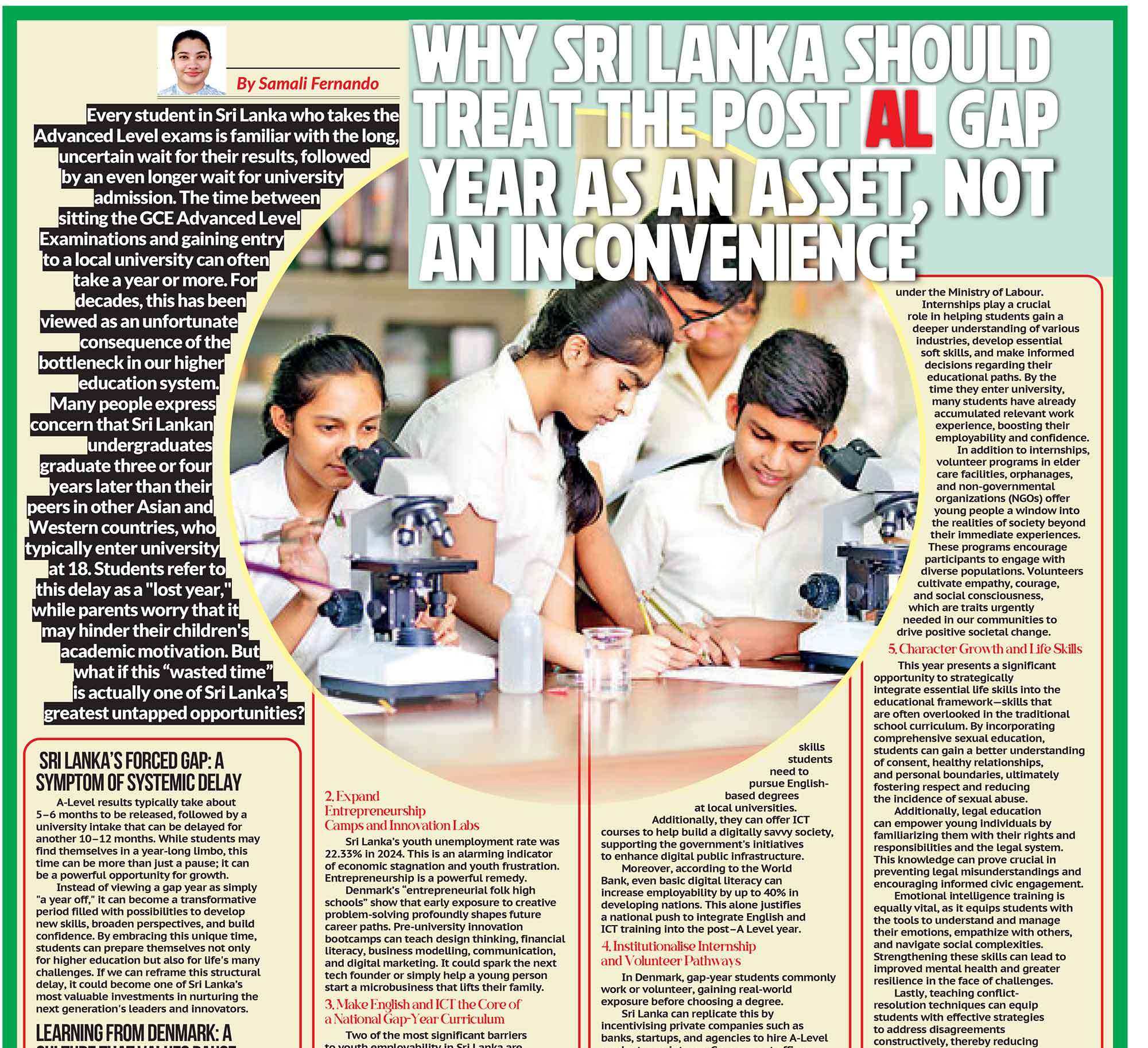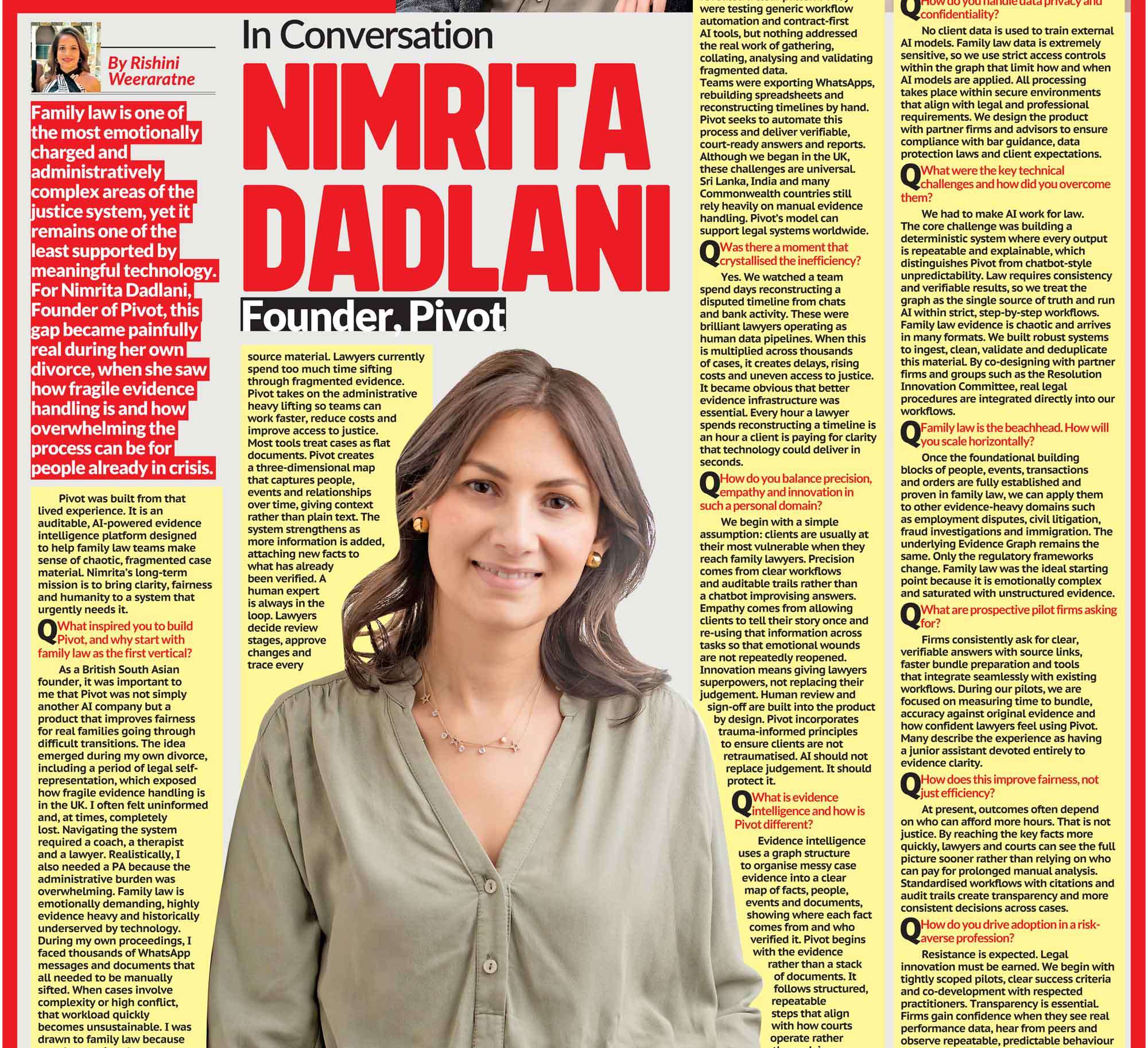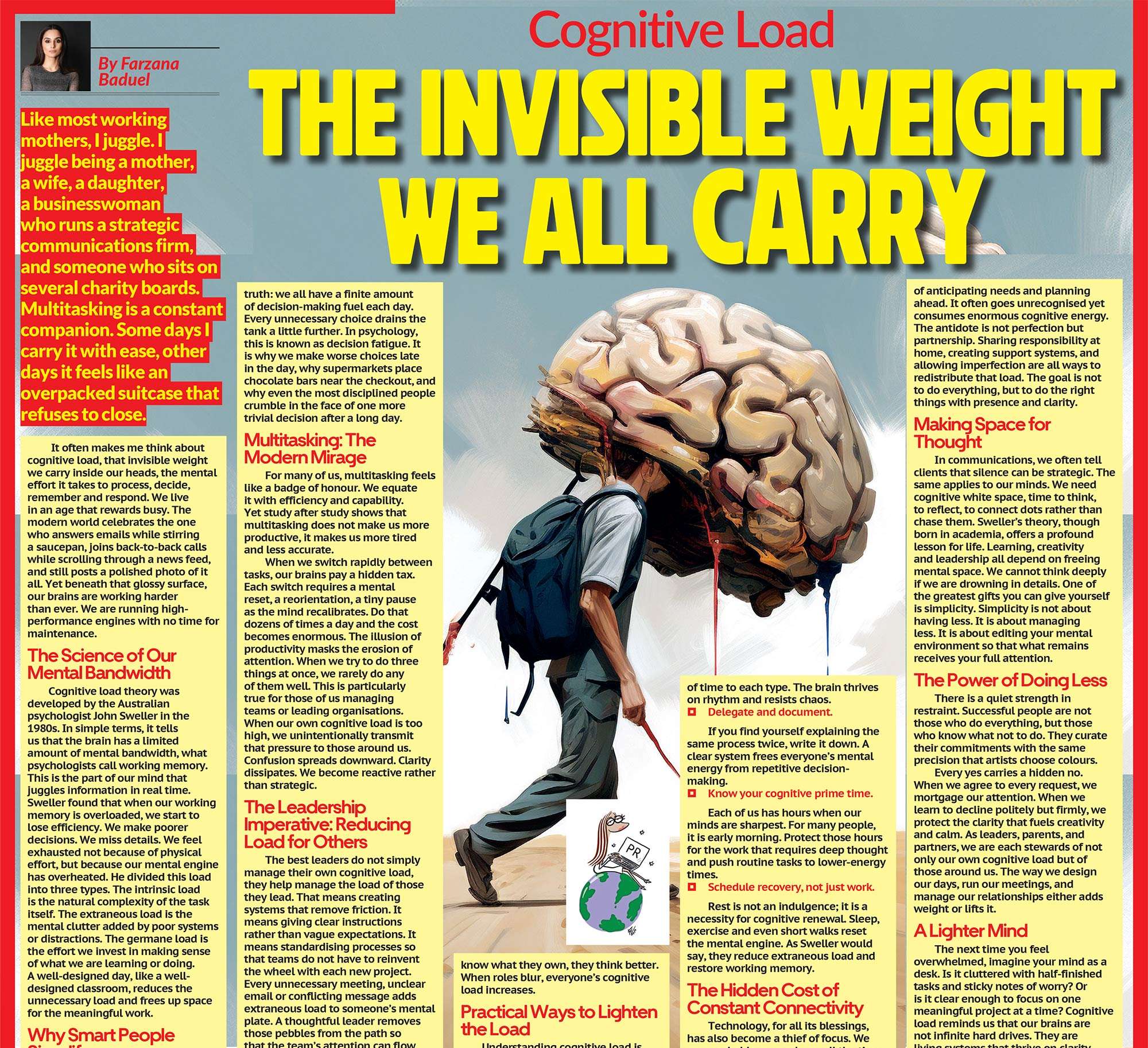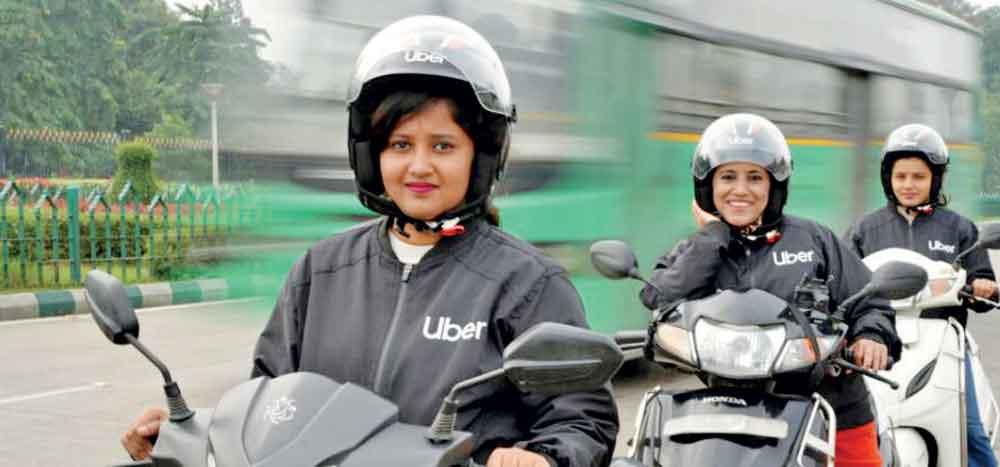
In an age where safety and empowerment are at the forefront of innovation, Uber Sri Lanka has taken a bold step forward by introducing a new feature that allows women to request female drivers when using the platform. This initiative, now available across tuk-tuks, cars, and bikes throughout the island, reflects a deeper, much-needed response to the ongoing conversations around women’s safety, inclusivity, and empowerment in everyday spaces.
2. This feature is more than just a technical upgrade; it’s a statement of trust, security, and progress. In a country where public and private transportation systems are largely male dominated, the ability to choose a female driver isn’t just convenient; it’s transformative.
3. A Feature That Understands the Local Reality
Sri Lanka, with its mix of urban and rural landscapes, has seen a significant increase in ride-hailing services over the past few years. But as these services grow, so do concerns about personal safety, particularly for women traveling alone, during nighttime, or through unfamiliar routes. Until now, most female passengers have had no control over who their driver is, often relying on luck or gut instinct when entering a vehicle. Uber Sri Lanka’s new feature directly addresses these concerns. By allowing women to request female drivers, the company not only increases physical safety but also provides emotional comfort, something often underestimated but immensely valuable in daily commutes. Whether a university student heading home from late-night classes, a working mother finishing a long shift, or a traveler navigating a new city, this option creates a bridge of trust between passenger and driver.
Initially launched in major urban centers like Colombo, Galle, and Kandy, the feature is expected to expand further as more female drivers join the platform
4. Empowering the Women Behind the Wheel
The initiative is a two-way empowerment channel. While it offers passengers more control and peace of mind, it simultaneously creates new opportunities for women drivers in Sri Lanka, a demographic long underrepresented in the rideshare economy. Driving professionally has traditionally been a male-centric career in the country, largely due to cultural expectations, safety concerns, and a lack of systemic support. But Uber’s new feature is changing that narrative. By encouraging more women to sign up as drivers and giving them a dedicated rider base, Uber is creating a safer and more welcoming environment for women to thrive in the gig economy.
These female drivers are not just earning a living, they’re shattering stereotypes, challenging societal norms, and becoming visible symbols of progress on the roads of Sri Lanka.
5.How It Works
The feature is designed to be user-friendly and intuitive. When a female user books a ride on the Uber app, she now has the option to specifically request a female driver, if one is available in her area. The system works seamlessly with the existing interface, ensuring that riders don’t need to navigate a separate menu or tool.
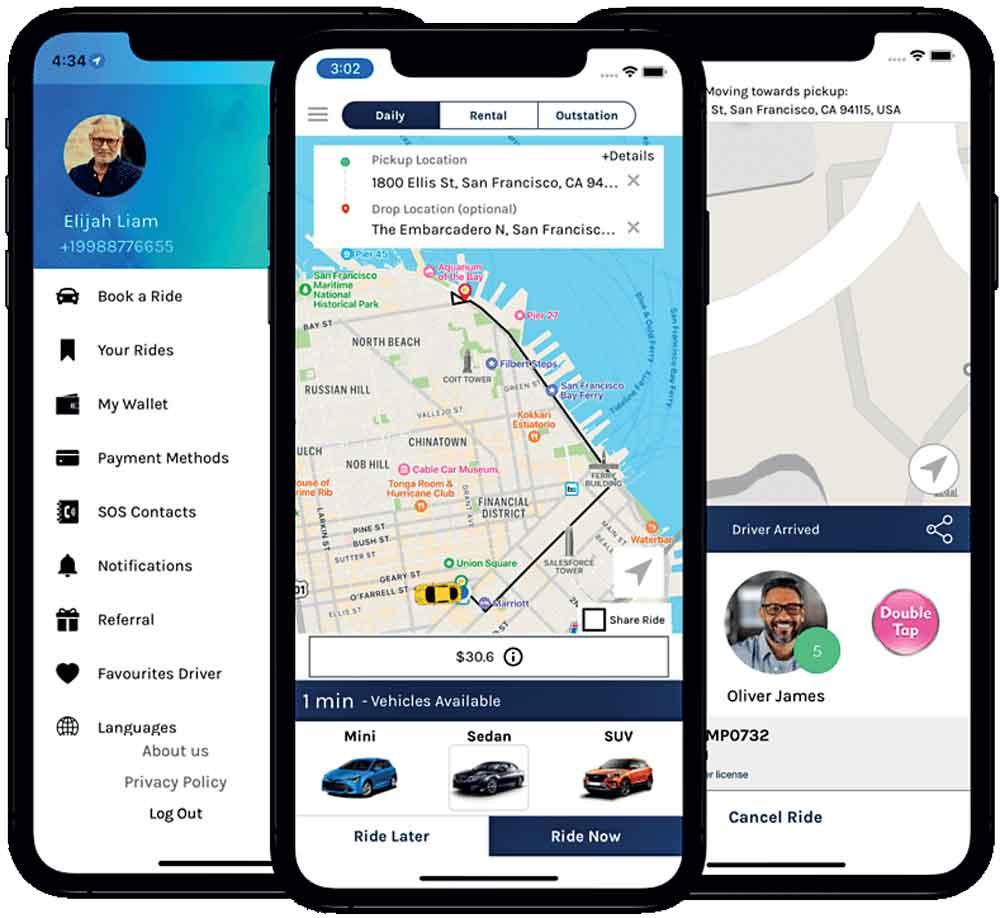
Initially launched in major urban centers like Colombo, Galle, and Kandy, the feature is expected to expand further as more female drivers join the platform. Uber has also hinted at offering incentives and training support to encourage women to take up driving as a full-time or part-time profession. The integration of this feature within the existing app framework also means that riders still benefit from Uber’s real-time tracking, emergency SOS options, and fare transparency, with the added comfort of riding with someone of the same gender.
6. A Step Toward Safer Urban Mobility
Public and private transport systems across the world are being re-evaluated in the lens of gender inclusivity and safety. In many cities, including New Delhi, Cairo, and São Paulo, women have voiced their concerns about harassment, lack of safe options, and limited agency during travel. Sri Lanka is no exception. While incidents may vary, the underlying issue remains the same: women often feel vulnerable when alone in vehicles driven by strangers. This is where Uber Sri Lanka’s decision sets itself apart. Instead of offering superficial responses, the company has developed a real, actionable solution that women can engage with daily. Transport should be a right, not a risk, and this feature helps move the country toward that vision.
Whether a university student heading home from late-night classes, a working mother finishing a long shift, or a traveler navigating a new city, this option creates a bridge of trust between passenger and driver
7. Building a Community of Trust
More than just a transaction between driver and passenger, this initiative helps build a community of trust and understanding. Female passengers who may feel hesitant about sharing personal routes or traveling late at night can now do so with an added layer of comfort.
Likewise, female drivers, many of whom are mothers, caregivers, or entrepreneurs, gain more flexibility and autonomy in choosing their working hours, preferred routes, and clientele. The mutual understanding between two women sharing a ride also opens up space for more respectful and empathetic interactions, a subtle but powerful dynamic in the ride-hailing space. Many drivers have already begun to share their experiences on social media and through local media outlets. Stories of resilience, independence, and empowerment are quickly becoming associated with this new feature, giving it not just functionality, but personality and pride.
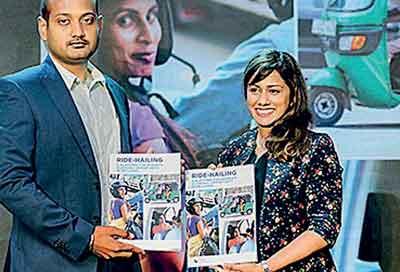
8. Challenges and the Road Ahead
Of course, the initiative is not without challenges. The current number of female drivers on the platform is still low, which may limit the availability of the feature in some regions. Additionally, some female drivers may still face societal resistance or lack of familial support to take up driving as a profession. However, with continued promotion, community education, and policy support, the landscape is slowly but surely changing. Uber Sri Lanka has already begun collaborations with local NGOs and women’s empowerment groups to offer driving training, safety workshops, and onboarding support for new female drivers. If scaled effectively, this initiative could also inspire other ride-hailing platforms and public transport authorities in Sri Lanka to adopt similar gender-sensitive policies. In the long run, it may also influence urban planning, workplace transport strategies, and even educational access for women and girls.
Uber Sri Lanka has already begun collaborations with local NGOs and women’s empowerment groups to offer driving training, safety workshops, and onboarding support for new female drivers
9. A Movement, Not Just a Feature
What Uber Sri Lanka has introduced isn’t just a line of code or an app update; it’s a movement. It’s a message to women across the island that their safety, dignity, and independence matter. That they deserve the freedom to move, to earn, and to trust the roads they travel on. In the grander scheme of things, it’s a reminder that small shifts, like the ability to choose your driver, can have big impacts. It can change someone’s day, someone’s perception, even someone’s life path. And for a nation looking to rise into a more inclusive and equitable future, that’s a road well worth taking.

